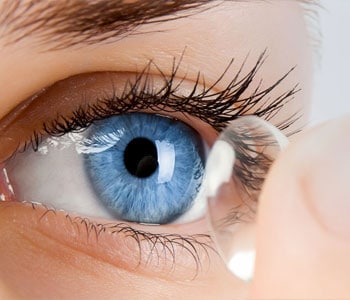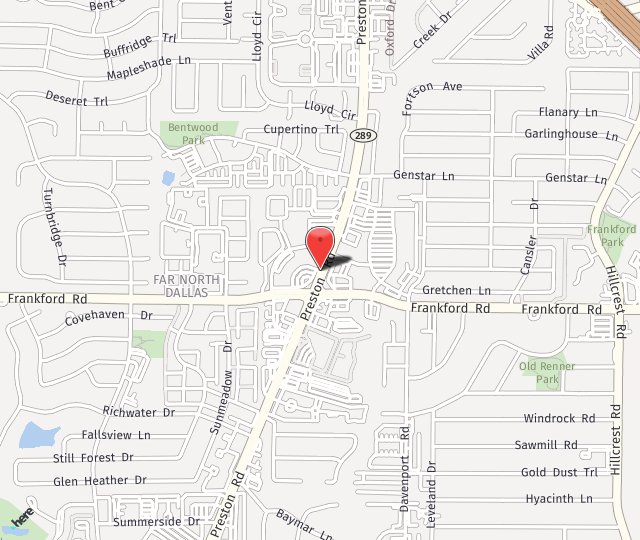Patient Forms
Please complete before arriving for your appointment.
Payment Options
We appreciate payment at the time of service. For your convenience, we accept cash, personal checks, Debit, MasterCard, Visa, Discover, American Express, Flex Spending Accounts, and Medical/Health Saving Accounts. After each visit you will receive an itemized bill for your services rendered that day.
Patient Financing
Eye & Contact Lens Associates of North Texas offers 6, 12, 18, and 24 months interest free (if paid within contract period) financing for all of our services. Our goal is to help you get the best vision possible through affordable means. We realize that not all insurance programs cover every procedure and products, so that is why we offer convenient and flexible financing options.
CareCredit
We are pleased to offer our patients the CareCredit card, North America’s leading patient payment program. CareCredit is the credit card exclusive for healthcare services. You will get low monthly payment plans for healthcare procedures, routine checkups, and products (i.e. glasses, sunglasses, and contact lenses) not commonly covered by insurance.
For vision care, CareCredit offers
- Low minimum monthly payments
- No interest financing, if paid within the specified time period
- No up-front costs, pre-payment penalties, or annual fees
Learn more by visiting www.CareCredit.com.
Flex Spending Accounts (FSA ) / Health Spending Accounts (HSA)
One of the best ways to pay for your vision correction procedures is by setting money aside in your Flex Spending Account beforehand, so that the money you spend is tax free.
Many employers offer FSA options to employees. These are also referred to as “cafeteria plans” and are elective. These plans are designed to save money in an account, pre-tax, to pay for additional medical expenses such as eye exams, glasses, contact lenses, and laser vision surgery, that are not covered by insurance. FSAs can typically be used in conjunction with any vision insurance plan to offset any out-of-pocket costs on your behalf.
By participating in your employers FSA or HSA, you can set aside tax-free money for your vision correction procedures.
Accepted Insurances
Medical Insurance:
- BlueCross BlueShield
- Medicare (Part B)
- United Healthcare
- United Medical Resources (UMR)
Vision Insurance:
- VSP
FAQ
Regular eye exams are an invaluable tool in maintaining your eyes’ health by detecting and preventing disease. Some diseases, such as glaucoma, develop gradually without causing pain or vision loss – so you may not notice anything wrong until significant and irreversible damage has been done. Early detection of any problems can allow for a choice of treatment options or prevent further harm.
Glaucoma is one of the leading causes of blindness in the United States. It occurs when the pressure inside the eye rises high enough to damage the optic nerve. Symptoms include blurred vision, loss of peripheral vision, halo effects around lights and painful or reddened eyes. Testing can detect glaucoma before symptoms appear and begin treatment to prevent vision loss. People at greatest risk for developing glaucoma include those who are over 40, diabetic, near-sighted, African-American, or who have a family history of glaucoma.
Macular degeneration occurs when the center of the retina degrades, causing a progressive loss of vision. Symptoms include:
- A gradual loss of ability to see objects clearly
- A gradual loss of color vision
- Distorted vision
- A dark or empty area appearing in the center of vision
There are two kinds of macular degeneration: “wet” and “dry.” The “wet” form can be treated in its early stages. Regular eye exams are highly recommended to detect macular degeneration early and prevent permanent vision loss.
A cataract is a cloudy area in the normally clear lens in the front of the eye. Cataracts aren’t painful, but they do cause symptoms, including:
- Blurred/hazy vision
- Spots in front of the eye(s)
- Sensitivity to glare
- A feeling of “film” over the eye(s)
People at risk for developing cataracts include those who are over 55, have had eye injuries or disease, have a family history of cataracts, smoke cigarettes or use certain medications.
Vision loss from cataracts can often be improved with prescription glasses and contact lenses. For people who are significantly affected by cataracts, replacement surgery is the preferred method of treatment. Cataract replacement is the most common surgical procedure in the country. During this procedure, the cloudy lens is removed and replaced with an artificial one called an intraocular lens or IOL.
Diabetic retinopathy is a complication of diabetes that weakens the blood vessels that nourish the retina. Vision can be lost if these weak vessels leak, swell or develop thin branches. In its advanced stages, diabetic retinopathy can cause blurred or cloudy vision, floaters and blind spots – and, eventually, blindness. This damage is irreversible. However, treatment can slow disease progression and prevent further vision loss. Treatment modalities include laser and surgical procedures.
Yes. People with diabetes are most susceptible to developing it, but your risk is reduced if you follow your prescribed diet and medications, exercise regularly, control your blood pressure, and avoid alcohol and cigarettes. Regular eye exams are an integral part of making sure your eyes remain healthy.
“Dry eye” often occurs during the natural aging process. It can also form as a result of eyelid or blinking problems, certain medications such as antihistamines and oral contraceptives, climate (low humidity, wind, dust), injury, and various health problems such as arthritis.
Symptoms include:
- Irritated, scratchy, dry, uncomfortable or red eyes
- A burning sensation or feeling of something foreign in your eyes
- Blurred vision
In addition to being uncomfortable, dry eye can damage eye tissue, scar the cornea and impair vision. Dry eye is not preventable, but it can be controlled before harm is done to your eyes.
Treatment can take many forms. Non-surgical methods include blinking exercises, increasing humidity at home or work, and use of artificial tears or moisturizing ointment. If these methods fail, small punctal plugs may be inserted in the corners of the eyes to limit tear drainage, or the drainage tubes in the eyes may be surgically closed.





